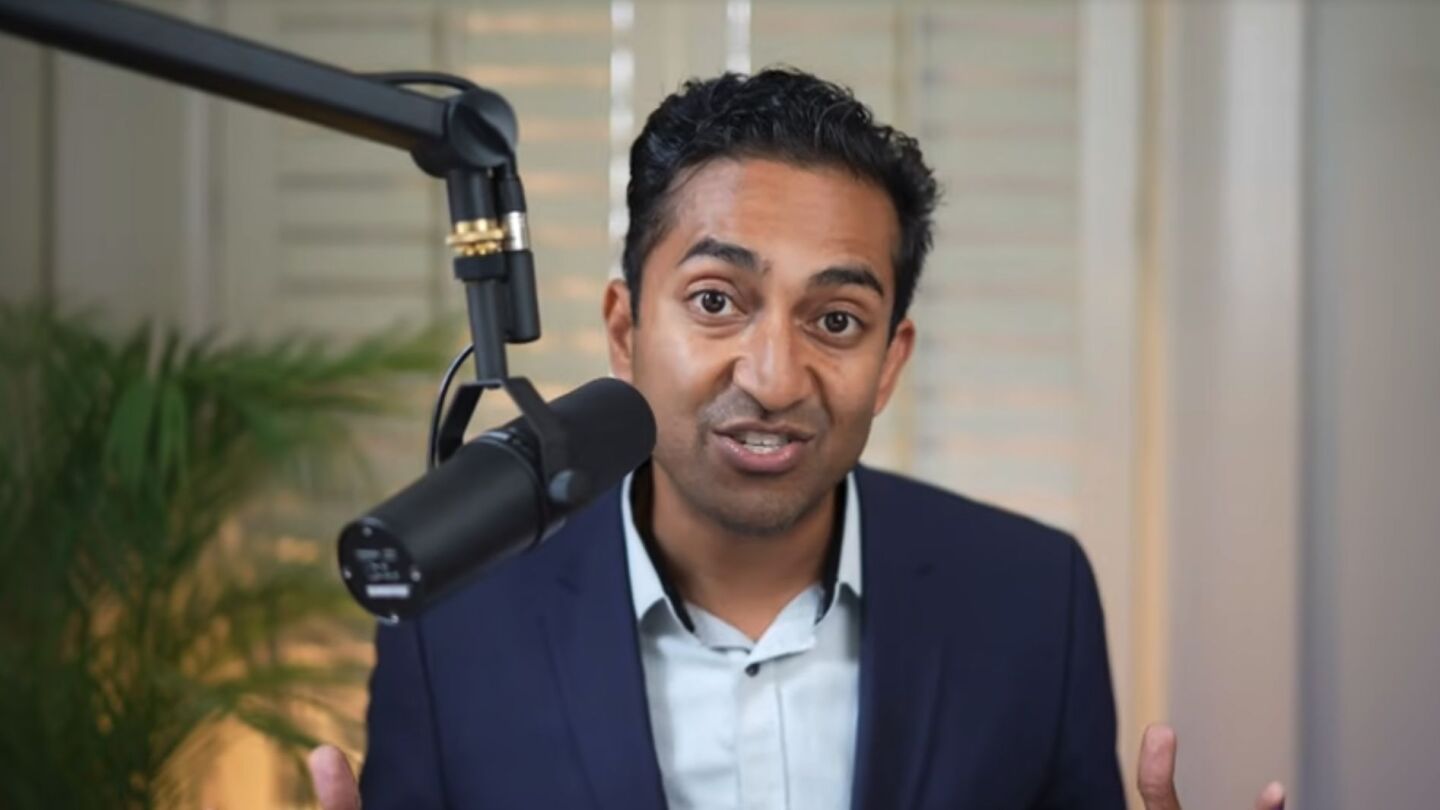Regulatory
Novo Nordisk follows Christmas oral Wegovy approval with quick launch; Eli Lilly is headed for $94.3 billion in annual revenue by 2027, analysts predict; nine more pharmas strike Most Favored Nation deals but half remain unsigned; experts call for stability and rare disease action at FDA, and all eyes are on M&A ahead of the J.P. Morgan Healthcare conference next week.
Only a handful of the top pharmas have signed Most Favored Nation drug pricing deals with the White House, while smaller biotechs continue to hang in limbo.
In a year that saw advisory committees placed under a particularly bright microscope at the FDA, the agency held fewer meetings than usual and agreed with its advisors only 57% of the time, Jefferies reported.
After a tumultuous year, experts call for stability while anticipating the first fruits of policies intended to expedite approvals for rare disease drugs.
The FDA’s announcement that it will phase out in vivo testing requirements for monoclonal antibodies marks a seismic shift. Here’s how industry can adapt.
More than a dozen pharmas have recently struck deals with the White House to lower drug prices. Nevertheless, drugmakers reportedly plan to raise the U.S. prices of at least 350 branded medications.
Jefferies analysts envision a steady launch curve that could ultimately drive meaningful sales from people who are dissatisfied with existing treatments.
Both companies received agency requests for more evidence of the effectiveness of their therapies.
Leerink analysts hailed the deals as a sign that President Trump “is unlikely to attack the industry in 2026.”
The biologics center director reportedly became personally involved after the team reviewing the rare blood disorder filing asked for an extension to the CNPV-accelerated timeline.
PRESS RELEASES










